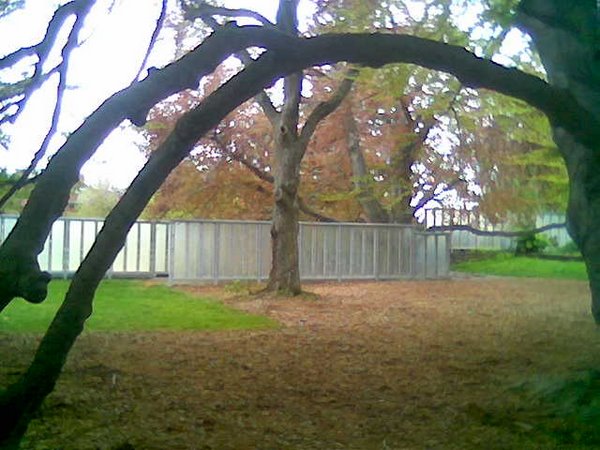Benefits of saffron
(medicinal properties of saffron)
Saffron has been known since Antiquity as a remedy for all pains, without claiming to be a universal medicine, it is however a natural solution for many health problems in our times.
In the East, saffron was generally used to treat light to moderate depression; it had the reputation to bring cheerfulness and wisdom. Because of this, it is said that it has aphrodisiac properties for women.
In Morocco, saffron is part of a remedy passed down from mother to daughter still used to relieve tooth ache when babies get their first teeth (for external use: analgesic for gums), by massaging gums with a gold ring coated with honey and saffron, a lotion with natural antiseptic properties. In France, the well known Delabarresyrup took up the same recipe. Grand-mothers also relieved young women's painful periods by giving them tea or milk with saffron.
This spice has been well known for a very long time as a remedy against many ailments. It is among the richest plant sources of riboflavin (vitamin B2). It also contains an essential oil, safranal, and some crocetins which are carotenoids, that is to say pro-vitamin A.
Whereas pigments play a stimulating function in digestion (using from 0.5 to 1 g per litre of water, saffron stimulates digestion), safranal has a sedative action. In general, saffron is known to act on the nervous system: it would be both analgesic and tonic.
In traditional medicine, the plant is used as a stomachic. In Chinese medicine, it is employed as a painkiller for cramps and asthma and can also treat bruises.
It allows heart rate to slow down as well as lowering blood pressure and even stimulate respiration. It is said to ease digestion, relieve the liver and also thin the blood.
At very high doses, saffron can be dangerous (>10 g), which would be an exceptional case as the usual proportion is from 0.01g to 0.02 g per person.
|
|
Try it:
In hot drinks: crocus sativus soothes coughs and relieves colds. The right dose for hot drinks is: from 0.5 g to 1 g per litre of water.
In massages: it relieves from pain, in particular in gums. It is used as a pure powder or diluted with honey to apply directly in the mouth or mixed with some glycerin to relax tense body areas.
In broths: it stimulates digestion (the right dose: 1g per liter)
In pills: laboratories use an extract from the top part of the pistil having effect on neurotransmitters as a natural antidepressant. Where can you find it? In its natural form (threads or powder) from the producers.
Saffron is a powerful dye too
 |
Saffron's dyeing power is still used to give the golden yellow colour to cloth used for special purposes like Buddhist robes, the bride's veil in some countries of Maghreb, and above all in carpets as it is said to act as a moth repellent.
The famous Venetian blond of Italian renaissance women was obtained by coating their hair with a mixture of saffron and lemon, then staying out in the sun.
|









No comments:
Post a Comment